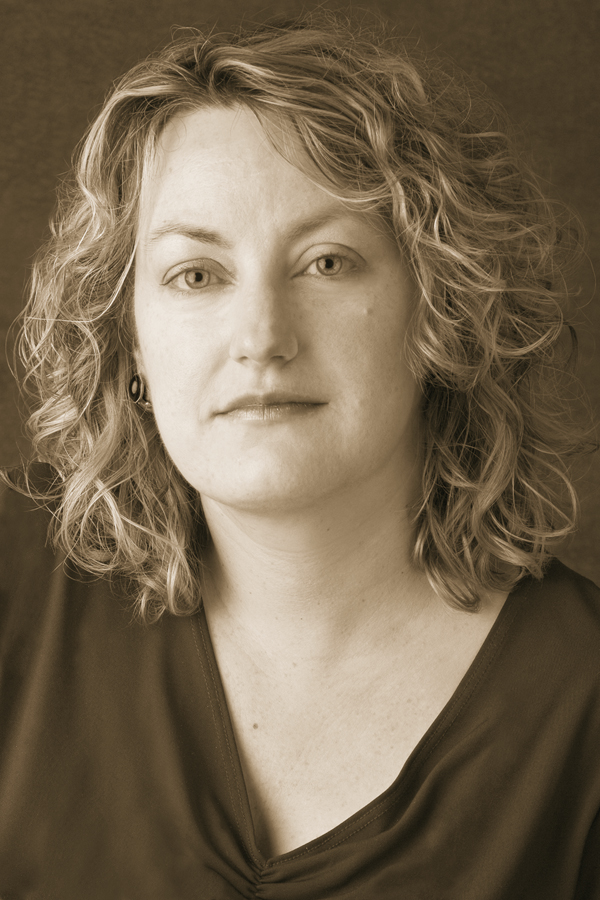By Donelle Ruwe
Professor, Literature
As a form of popular literature, the romance novel reigns supreme.
We are all familiar with the supermarket, point-of sale version of this best-selling formula fiction—their covers feature a tanned, partially clothed and well-muscled man who clasps a partially unclothed woman in his arm, and her long hair flows in the wind. In the publisher’s trade, these books are called “bodice rippers.”
The romance novel formula dates to the 1740s. These novels feature two main characters: a heroine who is young, beautiful, virtuous and poor (shall we say Bella from Twilight); and a hero who is older, wealthy, more experienced and cynical (shall we say Edward, who is older than Bella by hundreds of years).
Despite a mutual attraction, obstacles keep them apart for most of the book. These obstacles almost always include the difference in their age and socio-economic stations. In both of these cases, the hero—more powerful and older—has the upper hand. Before the budding romance between the lovers can be realized, the hero must undergo an emotional and spiritual change of heart. He learns to be more feminine: he becomes more understanding, gentle, nurturing and affectionate. She, in exchange, gets a life of wealth and luxury.
Scholars recognize that part of the romance novel’s appeal is economic. These are rags-to-riches narratives in which the underdog gets a material reward for her good behavior. Another part of the appeal is a fantasy that the upper class (and men in general) can be transformed into a more understanding, ethical, and financially generous people.
The romance plot is remarkably resilient. We recognize its connections to fairy tales such as Cinderella. It appears in classic works such as Pride and Prejudice and Jane Eyre, in gothic tales such as Rebecca, and in contemporary erotic fiction such as Fifty Shades of Grey.
The romance formula is behind the Hollywood blockbusters Pretty Woman and The Proposal, a Sandra Bullock film with a gender reversal: the wealthier, older hero part is a female publishing house executive, and the vulnerable and virtuous heroine part is played by her male secretary.
At the end of the day, the formula for a romance novel endures because it’s both timeless and topical. People fall in love, and their lives are transformed. The trappings of that transformation, however, depend upon the political realities of each era and the collective desires of a nation’s readers.



